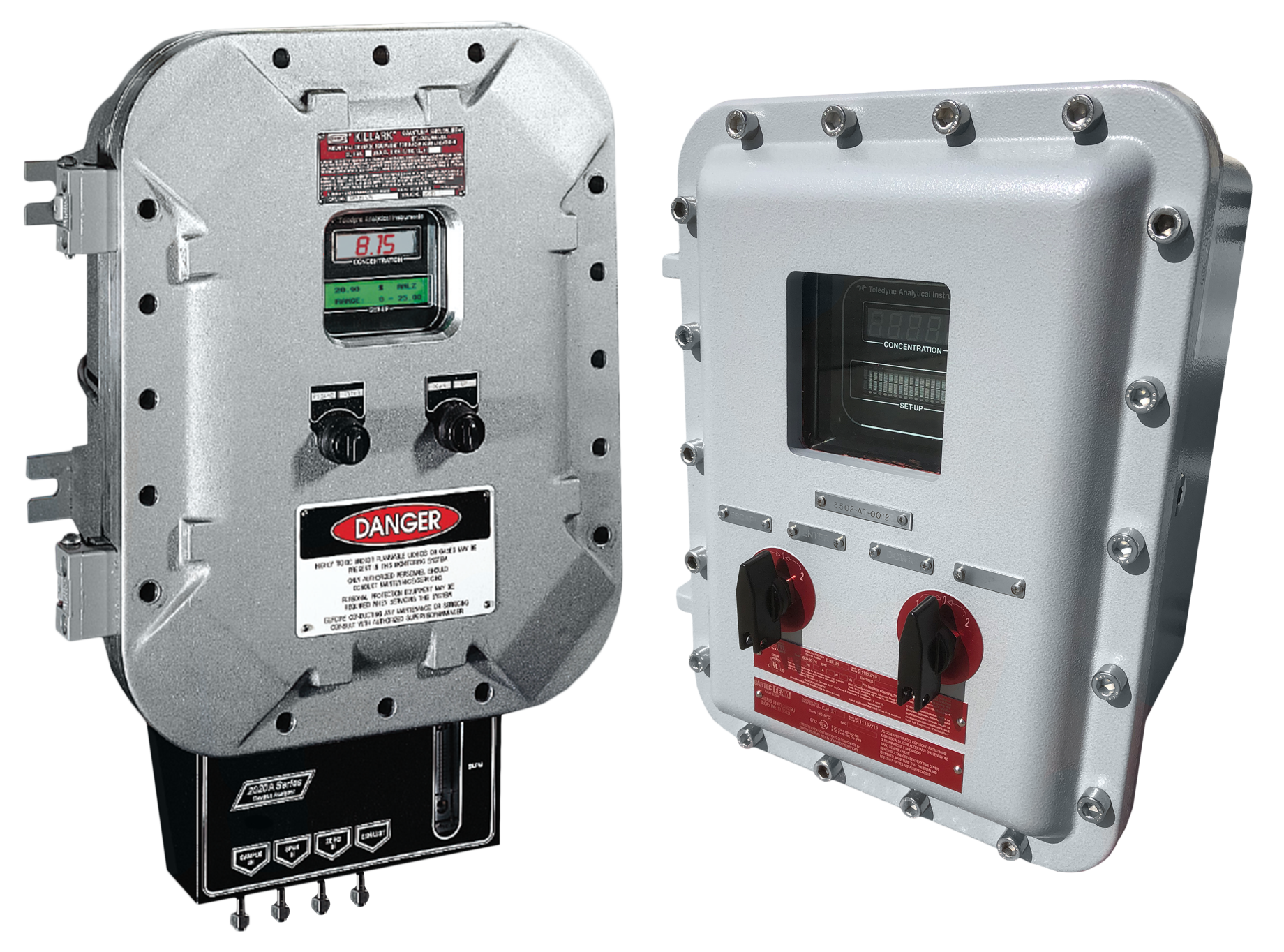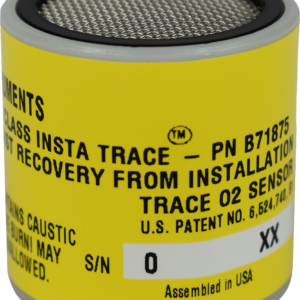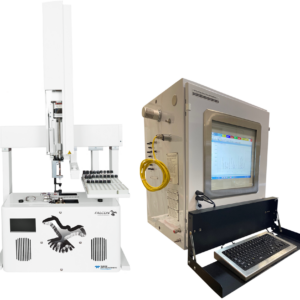The Series 2000 represents a complete line of Thermal Conductivity Detector (TCD) based analyzers which can be applied in a wide range of applications and industries. By using field proven filament-based and semiconductor based TC detectors, Teledyne is able to continuously monitor hydrogen and a variety of other gases of interest in either binary or multi-component sample gas streams.
Series 2000 Platform
To contend with the numerous and varied analyzer requirements among industrial users, Teledyne has developed a feature rich, user-friendly platform. The Series 2000 comes with a standard software program incorporating such flexible features as (3) user-programmable ranges, automatic calibration, and customer selectable gas constituents.
Thermal conductivity is a basic property of gases that relates to their ability to conduct heat. Good conductors of heat such as H2 and He, have a high thermal conductivity whereas poor conductors of heat, such as CO2 and Ar, have low values. This ability to conduct heat forms the basis of detection. The Series 2000 analyzes gas compositions by continuously comparing the sample gas with a reference gas (sealed or flowing) of known thermal conductivity. This comparison is performed in a 2 chamber detector cell block. Reference gas occupies one chamber and sample gas the other.
A pair of temperature-sensitive heated filaments is mounted in each chamber. These filaments are part of a Wheatstone Bridge circuit. Should the sample gas composition change, its thermal conductivity will also change, conducting different amounts of heat away from the sample gas filaments. Since the resistance of the filaments is a function of their temperature, the resistance changes when the sample gas changes.
Any such change results in an imbalance in the Wheatstone Bridge, resulting in an electrical signal proportional to the change. Since the temperature of the filaments is tightly temperature controlled, the Series 2000 provides an accurate measure of any change in the sample gas composition. Teledyne offers this cell design in a variety of wetted parts to contend with corrosive gas streams typically found within the hydrocarbon processing industry.
Sensor Operating Principle
The thermal conductivity sensor measures the concentration of a specific gas between a hot surface resistor and an ambient temperature reference resistor using the thermal conductivity coefficient of the gas itself.
Sensor Description
The sensor structure consists of an integrated heater located on a thin electrical and thermal insulating membrane. Two thin film resistors are used for heating and measuring the temperature of the membrane. Two resistors are integrated on the silicon beside the membrane for the compensation of the ambient temperature changes.
Gases which have a lower density than air (CH4) cause a decrease on the surface membrane temperature. On the other hand, gases with densities heavier than air (CO2) increase the temperature of the measuring resistor.
Options
C – Integrally mounted auto-calibration valving
H – Stainless steel cell block with gold filaments (for gas streams with H2S)
K – 19″ rack mount for 2000A
L – Gas selector panel for sample and cal gas selection and flow control
N – 220 VAC operation
R – Sealed reference (for filament-based TCD)






